
How to Water Air Plants
When it comes to caring for air plants, ensuring they receive sufficient light, proper air circulation, and adequate watering is crucial for their well-being. Tillandsia, commonly known as air plants, are resilient and adaptable, but they do require regular hydration to thrive. While the specific watering needs may vary based on the plant species and its environment, let's delve into general watering instructions and techniques to ensure your air plants are getting the moisture they require.
To Soak or Mist?
Air plants absorb water and nutrients through their leaves. While a quick mist here and there may seem ideal, solely misting is not an efficient method for watering your Tillandsia. To fully hydrate the plants, give them a soak. Immerse them in room-temperature water for 20 to 60 minutes every week to 10 days. Remove the plants from their containers before soaking them and place them in a bowl of water, allowing them to float and rotating them as needed to ensure complete saturation. It's normal for the leaves to darken when wet. Supplemental misting may be needed on the days between the soaks if the climate is dry or the plants are exposed to warmer temperatures or direct sunlight. Keep in mind that there are some xeric species of Tillandsia, such as the Tectorum, that do not thrive in humid environments and will do best with an occasional misting as opposed to the soak.
What Type of Water to Use?
Opt for nutrient-rich water sources such as well water, pond water, creek water, or rainwater. Alternatively, clean tap water or bottled spring water works well too. If using tap water, let it sit for a day to allow chlorine to dissipate. Avoid distilled water as it lacks essential nutrients. If you're concerned about nutrient deficiency, use Air Plant Fertilizer monthly.
Can I Overwater My Air Plant?
Overwatering can lead to root rot, especially if the plant doesn't dry within a few hours. After soaking, it's crucial to allow your air plants to dry promptly to prevent rot. Gently shake off excess water and place the plants upside down or on their side on a cooling rack or dish towel. Bulbous species like Xerographica need extra care to ensure water in their cupped leaves drains properly. Accelerate drying by using a fan or simply place the plants in a well-ventilated area with bright, indirect light. Avoid direct sunlight. After 1-2 hours, the plants should be dry and return to their normal color, displaying their white, fuzzy trichomes. Once dry, return them to their displays and enjoy their beauty.
What Are Other Factors to Consider When Watering Air Plants?
For displays where air plants can't be removed for soaking, try spraying, misting, or rinsing them 2-3 times a week. Shake off excess water if possible or rotate the display for drainage. Ensure the leaves are fully wet without water pooling at the base. In dry or warm environments, misting 1-2 times a week between soaks might be necessary. Watch for signs like curled or rolled leaves, indicating the need for more frequent watering. Adjust your watering routine based on different climates and seasons. During winter, provide additional moisture, especially if plants are near a heating source. In summer, air plants might require more water due to increased heat and light exposure.
For more detailed guidance on caring for your Tillandsia, visit our Air Plant Care page and stay updated on air plant news by following us on Facebook & Instagram!




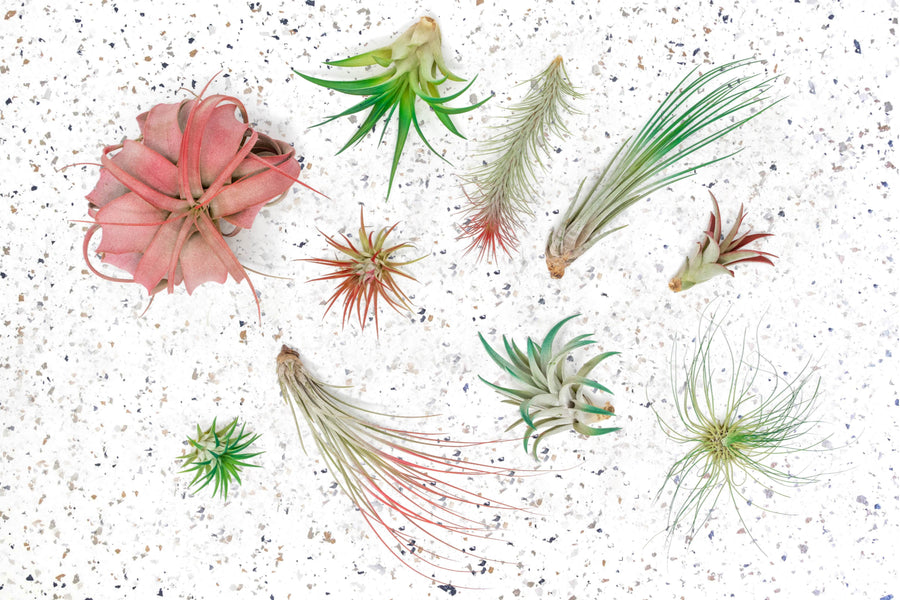
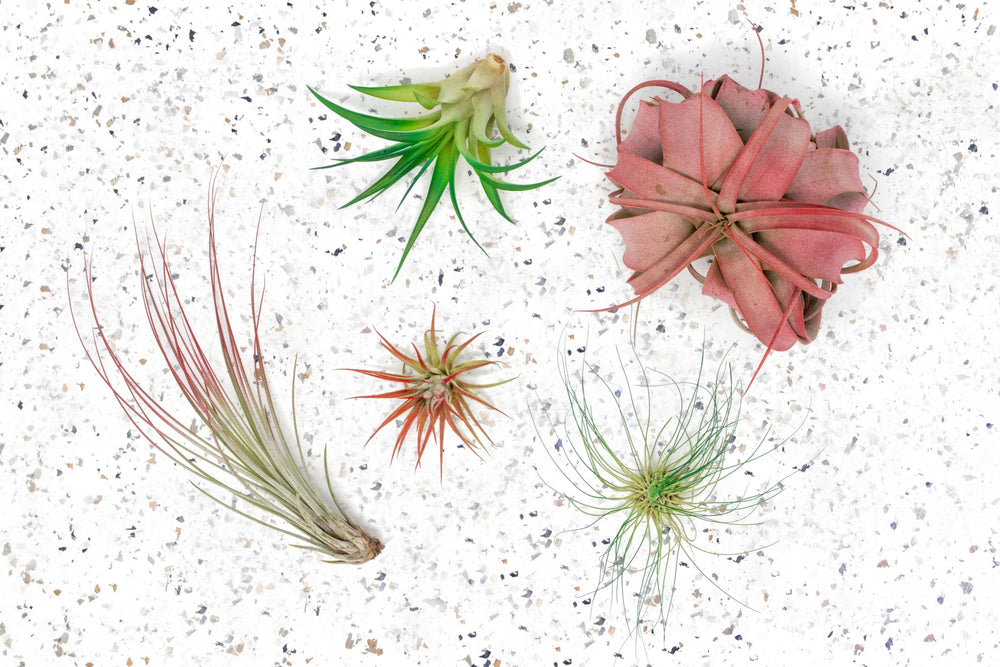

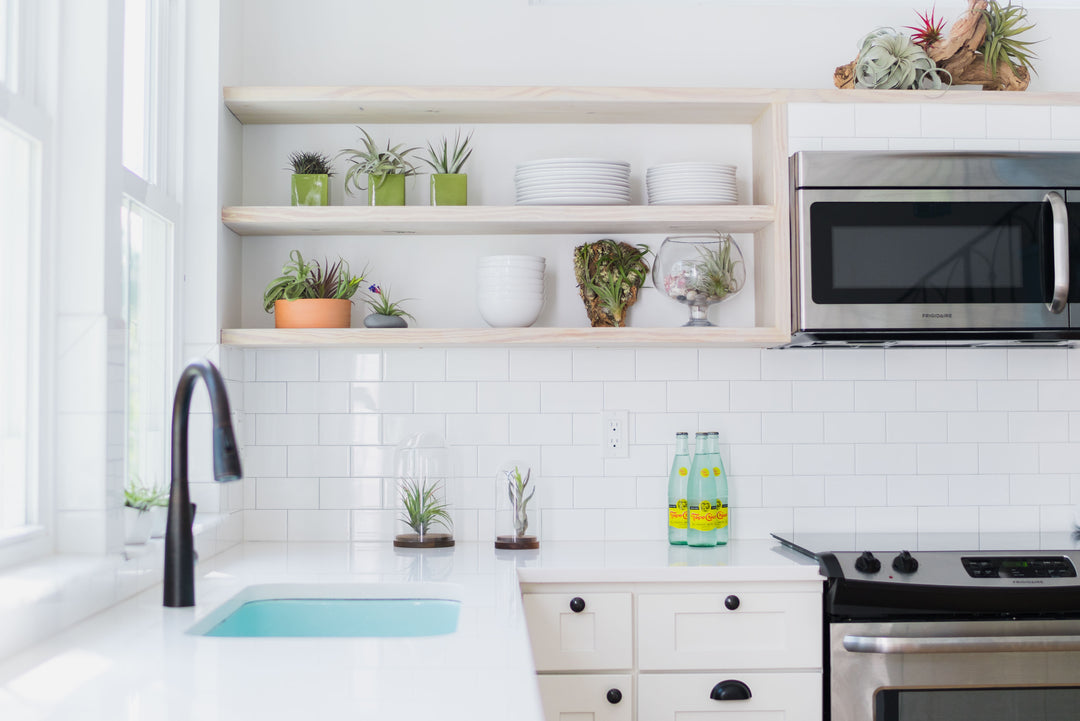
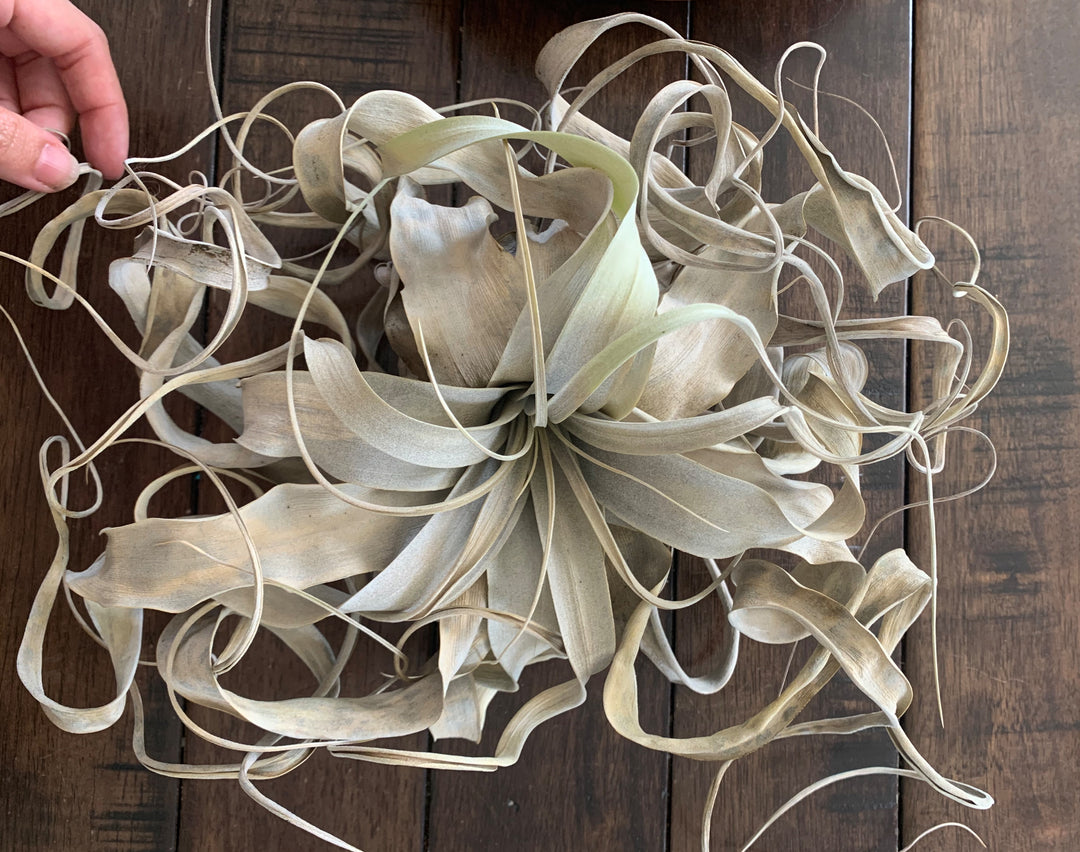
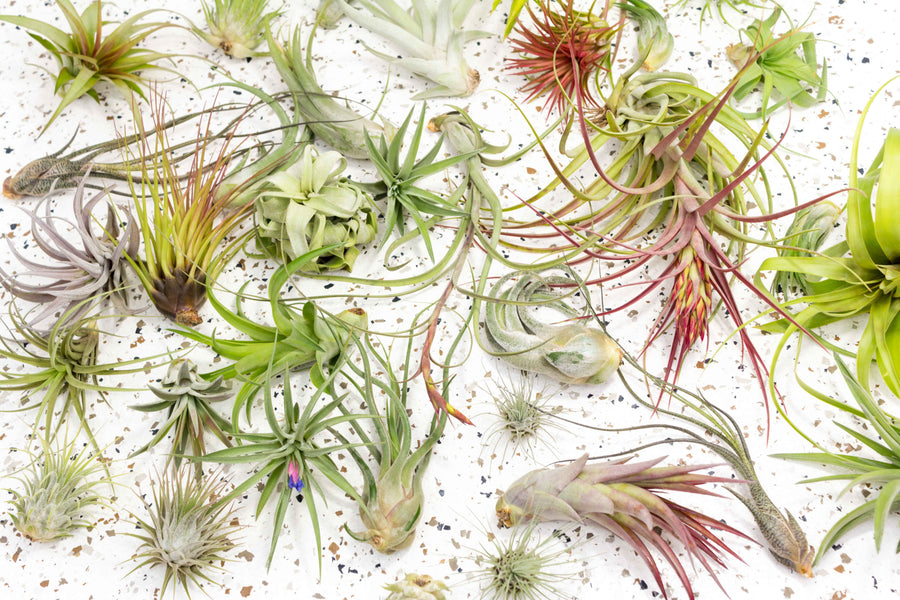
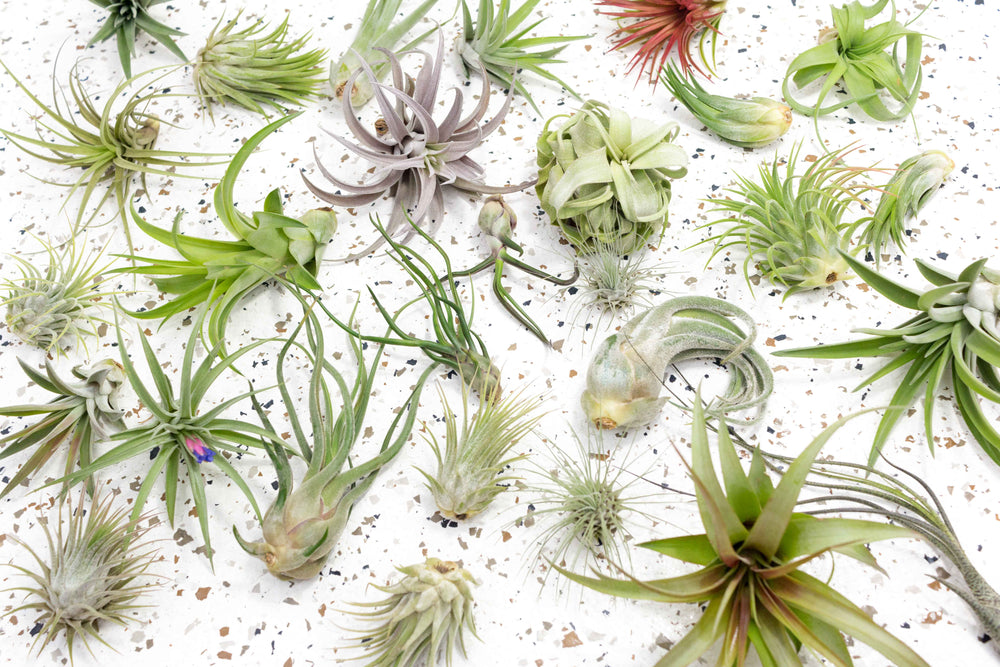
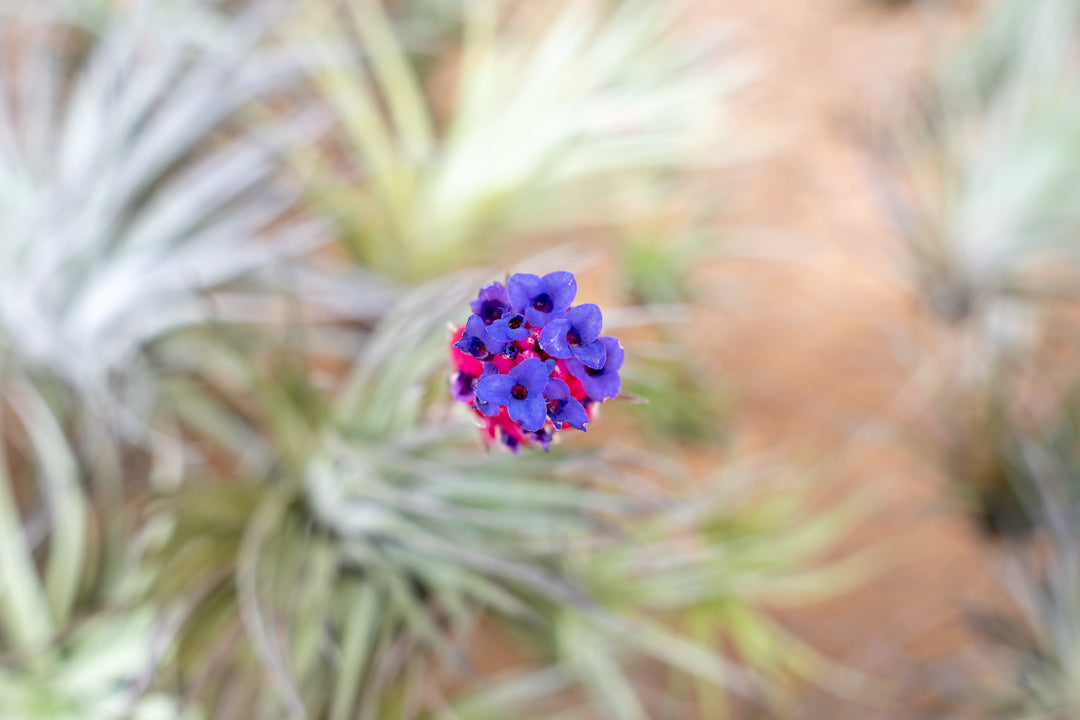
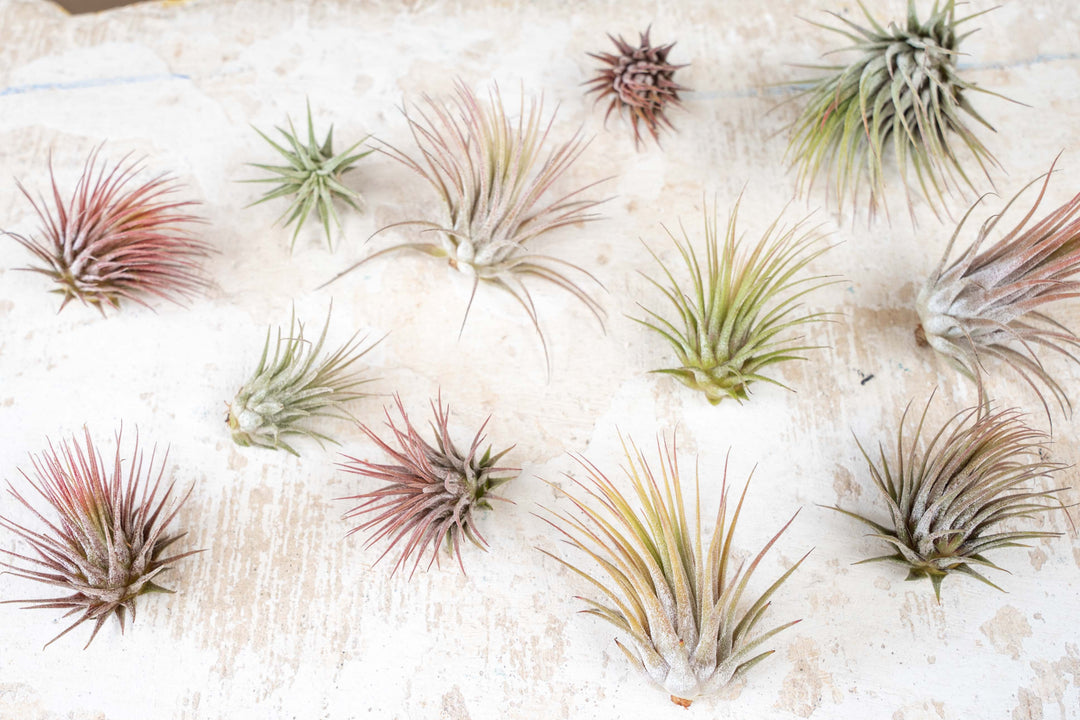
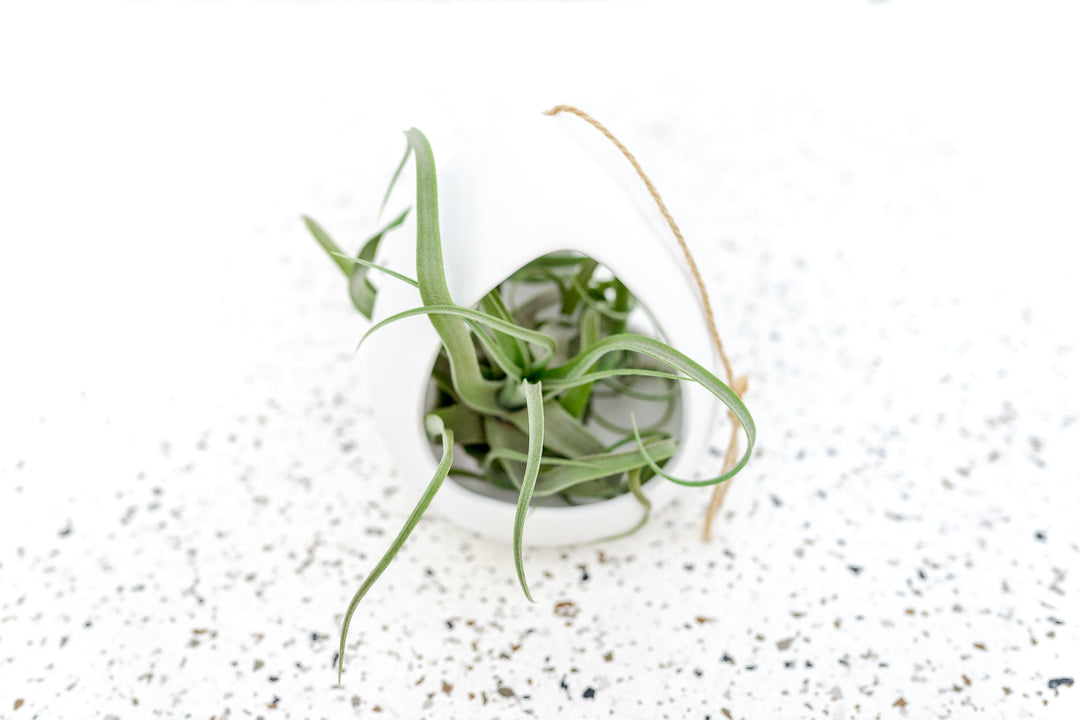
Thank you. Your article and the comments I was able to read were very informative. I’m going to give it a go. Hopefully I will be prosperous also with baby’s and wonderful flowers.
Spraying them once a day (or more) is very unnecessary, no matter the climate. Also, tap water is fine as long as you allow the chlorine to evaporate before using it. Just store it in an open bucket for a few days. No need to collect rainwater or hike out to a lake or pond or spend a fortune BUYING water for your plants. Tillandsias are simply not that fragile.
I live in an inland valley in California, where it gets pretty hot and dry in the summer, and breezy and cold in the winter. So I’m either running a gas furnace or an air conditioner. My whole tillandsia collection is indoors. I water once per week by misting with “aged” tap water that is alkaline (8.1-8.4). I add a pinch of Epiphytes Delight to each refill of my spray bottle. All plants are doing wonderfully….. flowers and offsets!
I mist my plants every other day and give them an hour soak once a week in a 5 gallon bucket of rainwater, I have maybe 30 or 40 different plants and get quite a few pups. It is also nice when they bloom. I have some that are 8 or 10 years old.
Leave a comment